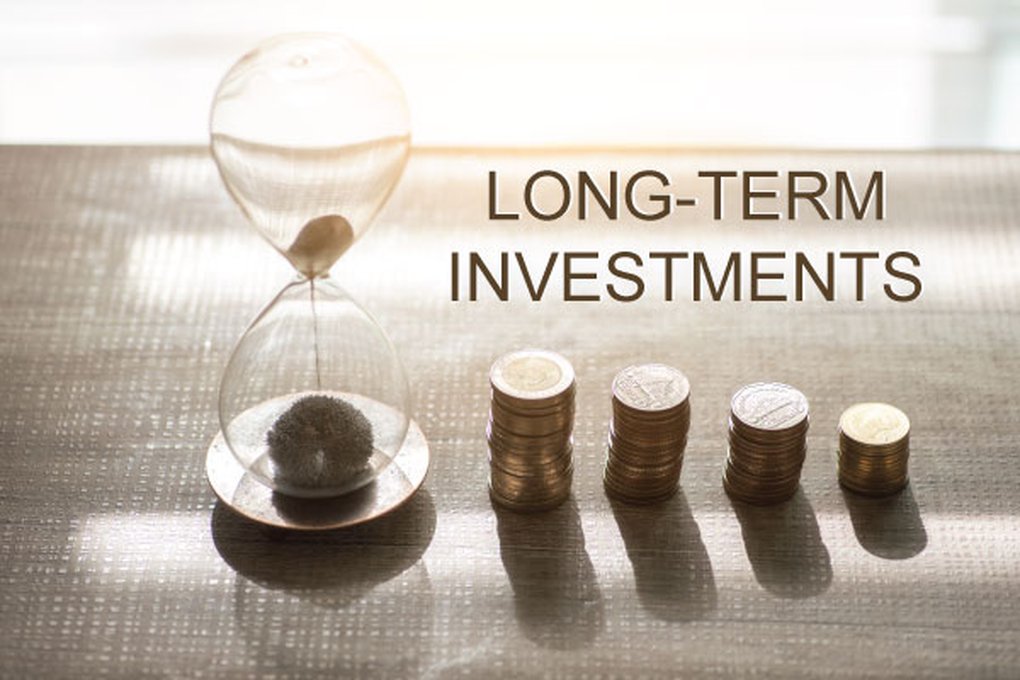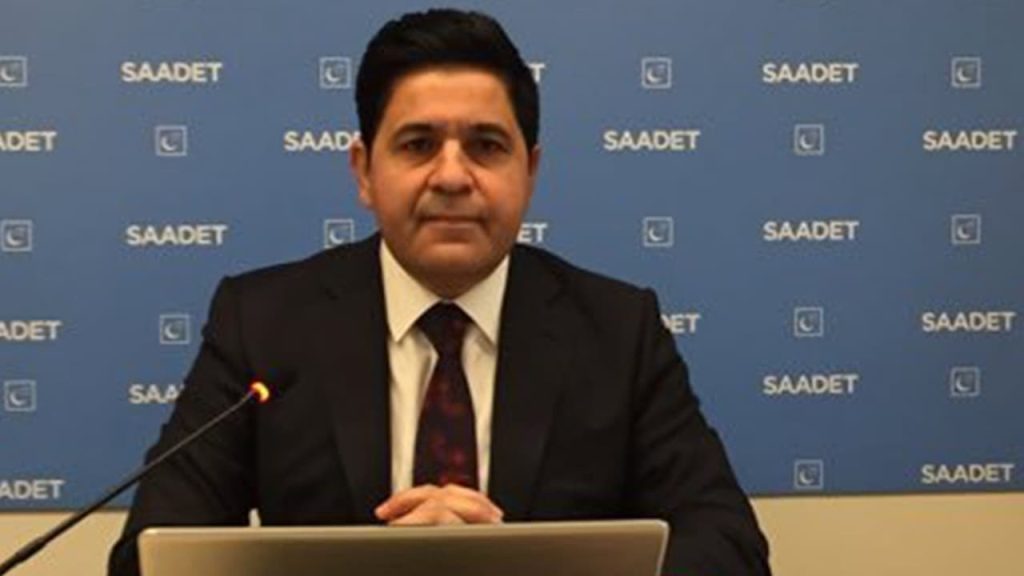The Harsh Reality Of Buy-and-Hold: A Long-Term Investor's Perspective

Table of Contents
While buy-and-hold is often touted as a simple path to wealth, it requires a nuanced understanding of market cycles, risk tolerance, and significant emotional discipline. Ignoring these critical elements can lead to suboptimal results, even losses.
The Illusion of Consistent Growth: Understanding Market Volatility
The idealized vision of buy-and-hold often overlooks the inevitable volatility of the market. Consistent, upward growth is a rarity; instead, expect periods of both substantial gains and painful losses.
Market Corrections and Bear Markets
Market corrections and bear markets are an inherent part of the investment cycle. These downturns can significantly impact even the most well-structured buy-and-hold strategies.
- Examples: The dot-com bubble burst of 2000, the 2008 financial crisis, and the COVID-19 market crash of 2020 all serve as stark reminders of the potential for sharp declines in the S&P 500 and other major indices. Recovery periods can vary significantly, lasting months or even years.
- Emotional Toll: Witnessing a substantial portfolio drop can be emotionally draining, often leading to impulsive decisions that undermine long-term gains. The fear of further losses can override rational investment strategies.
The Importance of Diversification
Diversification is crucial for mitigating risk within a buy-and-hold strategy. Don't put all your eggs in one basket!
- Asset Classes: A diversified portfolio should include a mix of asset classes like stocks (both domestic and international), bonds, real estate, and potentially alternative investments. The optimal allocation depends on individual risk tolerance and investment goals.
- Diversification Tools: Exchange-Traded Funds (ETFs) and mutual funds offer convenient and cost-effective ways to diversify across various sectors and asset classes.
The Discipline of Patience: Emotional Resilience in Investing
Successful long-term investing demands significant emotional resilience. Fear and greed are powerful forces that can derail even the most carefully crafted buy-and-hold strategy.
Avoiding Emotional Decisions
Market fluctuations inevitably trigger emotional responses. Fear can lead to panic selling during downturns, locking in losses and missing out on potential recovery. Conversely, greed can cause overconfidence and risky investments during market highs.
- Emotional Biases: Cognitive biases like anchoring (over-relying on initial information), confirmation bias (seeking information confirming existing beliefs), and herd mentality (following the crowd) can all negatively impact investment decisions.
- Investment Plan: A well-defined investment plan, developed with a long-term perspective, acts as a guide during times of market uncertainty, preventing impulsive reactions based on emotion.
The Time Horizon Trap
The concept of "long-term" is subjective. Unexpected life events can disrupt even the most meticulously planned buy-and-hold strategy.
- Life Events: Job loss, illness, unexpected expenses, or family emergencies can necessitate changes to your investment strategy, potentially forcing you to liquidate assets prematurely.
- Emergency Fund: Maintaining a robust emergency fund is crucial to cushion against unexpected financial shocks and prevent the need to compromise your long-term investment strategy.
The Cost of Inaction: Opportunity Costs and Hidden Fees
A purely passive buy-and-hold approach might overlook opportunities for optimization and inadvertently incur hidden costs.
Missed Opportunities for Rebalancing and Profit-Taking
While holding for the long-term is key, complete inaction can be detrimental.
- Rebalancing: Periodically rebalancing your portfolio – adjusting asset allocation to maintain your target percentages – helps to capitalize on market fluctuations and reduce risk. For instance, if stocks outperform bonds significantly, rebalancing would involve selling some stocks and buying more bonds.
- Capital Gains Tax: While long-term capital gains taxes are generally lower than income taxes, realizing gains through strategic selling can have tax implications which need careful planning.
Hidden Fees and Expenses
The compounding effect of fees over the long term can significantly reduce your overall returns.
- Fee Examples: Management fees for mutual funds, expense ratios for ETFs, and transaction costs for buying and selling investments all chip away at your profits.
- Cost-Effective Investing: Choose low-cost investment vehicles to maximize your long-term returns.
Navigating the Harsh Reality of Buy-and-Hold
Buy-and-hold investing is not a get-rich-quick scheme; it's a long-term strategy that requires understanding market volatility, maintaining emotional discipline, and actively managing costs. Diversification, a well-defined plan, and regular review are essential for mitigating risks and optimizing returns. Ignoring these aspects can lead to missed opportunities and potentially significant financial losses. Don't approach buy and hold strategy, or any long-term investing, passively. Instead, engage actively with your portfolio, ensuring it aligns with your evolving goals and risk tolerance. Consider consulting with a qualified financial advisor to create a personalized long-term investment strategy tailored to your specific circumstances. Remember, a well-informed approach to long-term investing, or even a passive investing strategy, is crucial for achieving your financial goals.

Featured Posts
-
 Bangkok Welcomes New Ferrari Facility
May 25, 2025
Bangkok Welcomes New Ferrari Facility
May 25, 2025 -
 Understanding Flash Flood Emergencies A Complete Guide
May 25, 2025
Understanding Flash Flood Emergencies A Complete Guide
May 25, 2025 -
 Record High For Dax Possible Frankfurt Equities Opening Shows Strength
May 25, 2025
Record High For Dax Possible Frankfurt Equities Opening Shows Strength
May 25, 2025 -
 Amira Al Zuhair Models For Zimmermann In Paris Fashion Week
May 25, 2025
Amira Al Zuhair Models For Zimmermann In Paris Fashion Week
May 25, 2025 -
 Could Kyle Walker Peters Join Crystal Palace
May 25, 2025
Could Kyle Walker Peters Join Crystal Palace
May 25, 2025
Latest Posts
-
 Uefa Sorusturmasi Real Madrid In Doert Oyuncusuna Iliskin Yeni Bilgiler
May 25, 2025
Uefa Sorusturmasi Real Madrid In Doert Oyuncusuna Iliskin Yeni Bilgiler
May 25, 2025 -
 Real Madrid De Bueyuek Sok Doert Yildiza Sorusturma
May 25, 2025
Real Madrid De Bueyuek Sok Doert Yildiza Sorusturma
May 25, 2025 -
 Real Madrid Yildizlari Uefa Sorusturmasinin Detaylari
May 25, 2025
Real Madrid Yildizlari Uefa Sorusturmasinin Detaylari
May 25, 2025 -
 Uefa Nin Real Madrid Sorusturmasi Doert Yildizin Gelecegi Tehlikede
May 25, 2025
Uefa Nin Real Madrid Sorusturmasi Doert Yildizin Gelecegi Tehlikede
May 25, 2025 -
 Real Madrid In Doert Oyuncusu Uefa Sorusturmasi Altinda
May 25, 2025
Real Madrid In Doert Oyuncusu Uefa Sorusturmasi Altinda
May 25, 2025
